What is ventricular septal defect (VSD)?
A ventricular septal defect (VSD) is often referred to as a hole in the heart. This is a congenital heart defect (a birth defect that affects the heart’s development before birth).This condition is characterised by an abnormal opening in the wall between the main pumping chambers of the heart. The right ventricle and left ventricle of the heart are separated by shared wall, called the ventricular septum. Children with a VSD have an opening in this wall. As a result:
- When the heart beats, some of the blood in the left ventricle (which has been enriched by oxygen from the lungs) flows through the hole in the septum into the right ventricle.
- In the right ventricle, this oxygen-rich blood mixes with the oxygen-poor blood and goes back to the lungs.
- The blood flowing through the hole creates an extra noise, which is known as a heart murmur. Doctors can hear the heart murmur when they listen to the heart with a stethoscope
Types of ventricular septal defect (VSD)
Depending on the location of the defect on the septum, the VSD can be classified as:
- Conoventricular Septal Defect: When the hole is located at the meeting point of two ventricles just below the the pulmonary and aortic valves, it is referred to as conoventricular septal defect.
- Perimembranous Ventricular Septal Defect: The defect is present as a hole in the upper part of the ventricular septum.
- Inlet Ventricular Septal Defect: Here the defect is present at the septum from which the blood enters the ventricles through the tricuspid and mitral valves. This type of ventricular septal can be seen in combination with another heart defect like atrioventricular septal defect (AVSD).
- Muscular Ventricular Septal Defect: In this condition, the defect or the hole is seen on the muscular part of the ventricular septum. This is the most common type of ventricular septal defect.
| Procedure Name | Ventricular Septal Defect (VSD) |
|---|---|
| Type of Surgery | Major |
| Type of Anesthesia | General Anaesthesia |
| Procedure Duration | Approximately 2 Hours |
| Recovery Duration | Few weeks to months for complete recovery |
Ventricular Septal Defect (VSD): Pre-Op & Post-Op Care
Who Needs VSD Surgery?
- Management of ventricular septal defects (VSDs) depends on the defect’s size, the patient’s age, pulmonary complications, and other associated cardiac anomalies. Small and moderate VSDs with normal pulmonary vascular resistance (PVR) often close naturally and do not require surgical intervention.
- Surgery is also not recommended for children with normal pulmonary artery pressure. The age of the patient with VSD plays a vital role in planning the treatment. Patients at risk of developing irreversible pulmonary vascular disease, an early primary closure should be considered by 18 months.
Before VSD Closure
- General physical, medical & family history is recorded. Necessary imaging modalities are done, to clearly visualize the defect(s) and to assess for the presence of other intracardiac anomalies.
During Ventricular Septal Defect (VSD)
- Ventricular septal defects (VSDs) are repaired using open-heart surgery through an incision in the chest (median sternotomy). The functioning of the heart is slowed down temporarily using a heart-lung machine, which ensures a clear, stable view for the surgeon to close the defect.(In children below 1 year, some hospitals are equipped with cooling techniques or techniques to slow down the blood flow to safely perform the surgery.)
- Most VSDs are repaired through the right atrium (upper heart chamber), where the surgeon operates on the defect by looking through the tricuspid valve into the lower chamber (right ventricle). The approach depends upon the type of VSD.
- The defect is typically closed by using a synthetic patch sutured in the place of the defect by carefully operating around the tissue without damaging heart tissue that controls the heartbeat. Advanced imaging, like intraoperative echocardiography, helps to ensure that the repair is secure and helps in checking the proper restoring the functionality of the cardiac tissue.
After Vsd closure & Its Recovery
Most children rapidly recover from ventricular septal defect (VSD) closure.The patient is usually out of surgery and taken care in ICU within few hours of operation
- Extubation and other adjuant cardiac support are weaned within 24 hours postsurgery.
- Postoperative monitoring of the left atrial and pulmonary artery pressure simplifies management in patients with large defects, preexisting heart failure, and known pulmonary hypertension.
- Most children are transferred from the intensive care unit (ICU) on the first or second postoperative day. Many patients are ready for discharge within 4-7 days of surgery.
Benefits of Ventricular Septal Defect (VSD) at Yashoda Hospitals
- Significant Improvement in Heart’s Functionality
- Restoring the Normal Blood Flow to the Heart
- Reducing the Strain on the Heart’s Function
- Symptomatic Relief & Improved Quality of Life
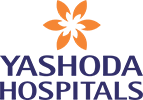



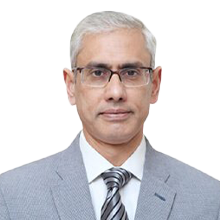
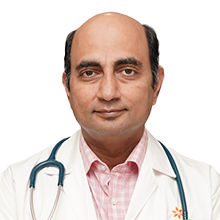
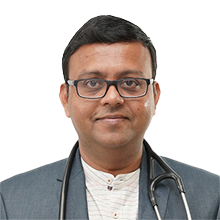
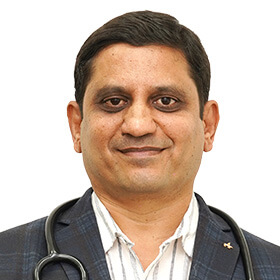
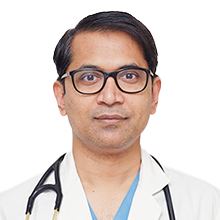
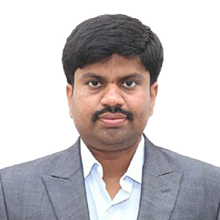
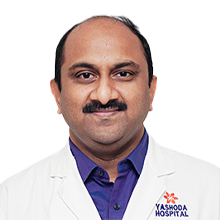
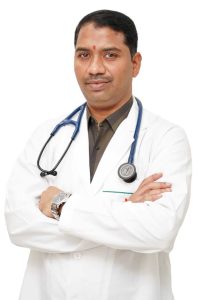
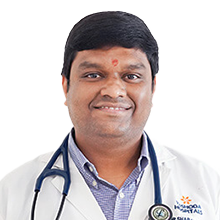
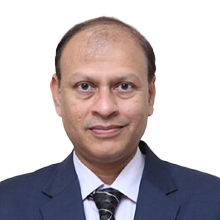
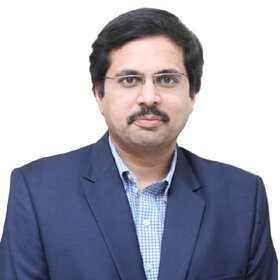
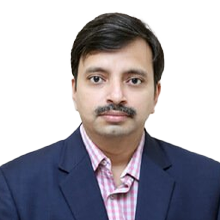
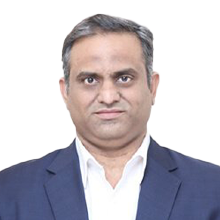
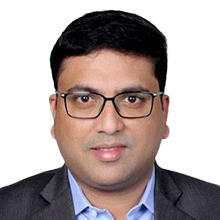
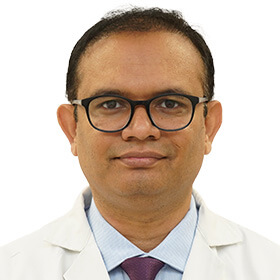
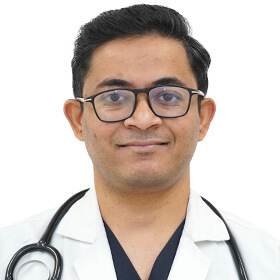
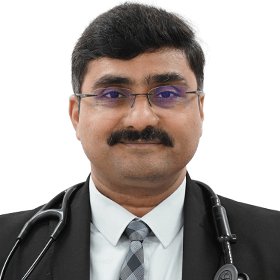
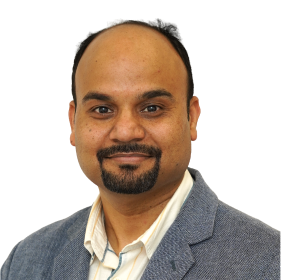

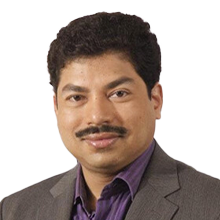

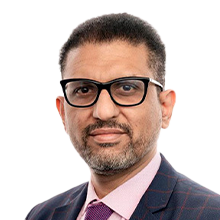
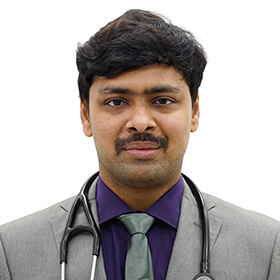
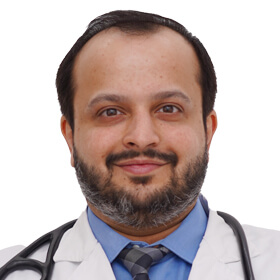
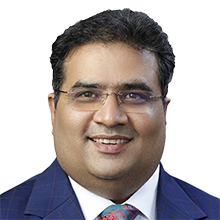
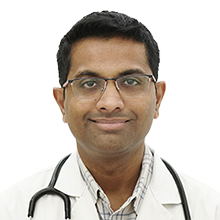



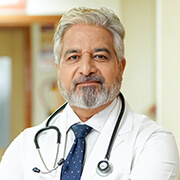








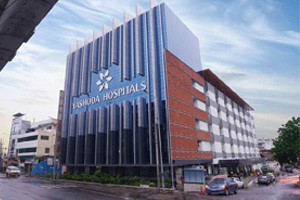
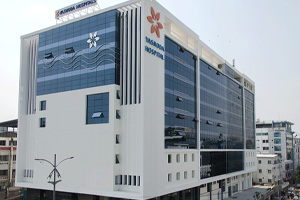
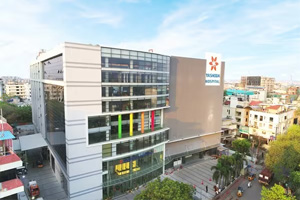
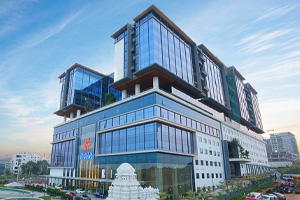
 Appointment
Appointment WhatsApp
WhatsApp Call
Call More
More